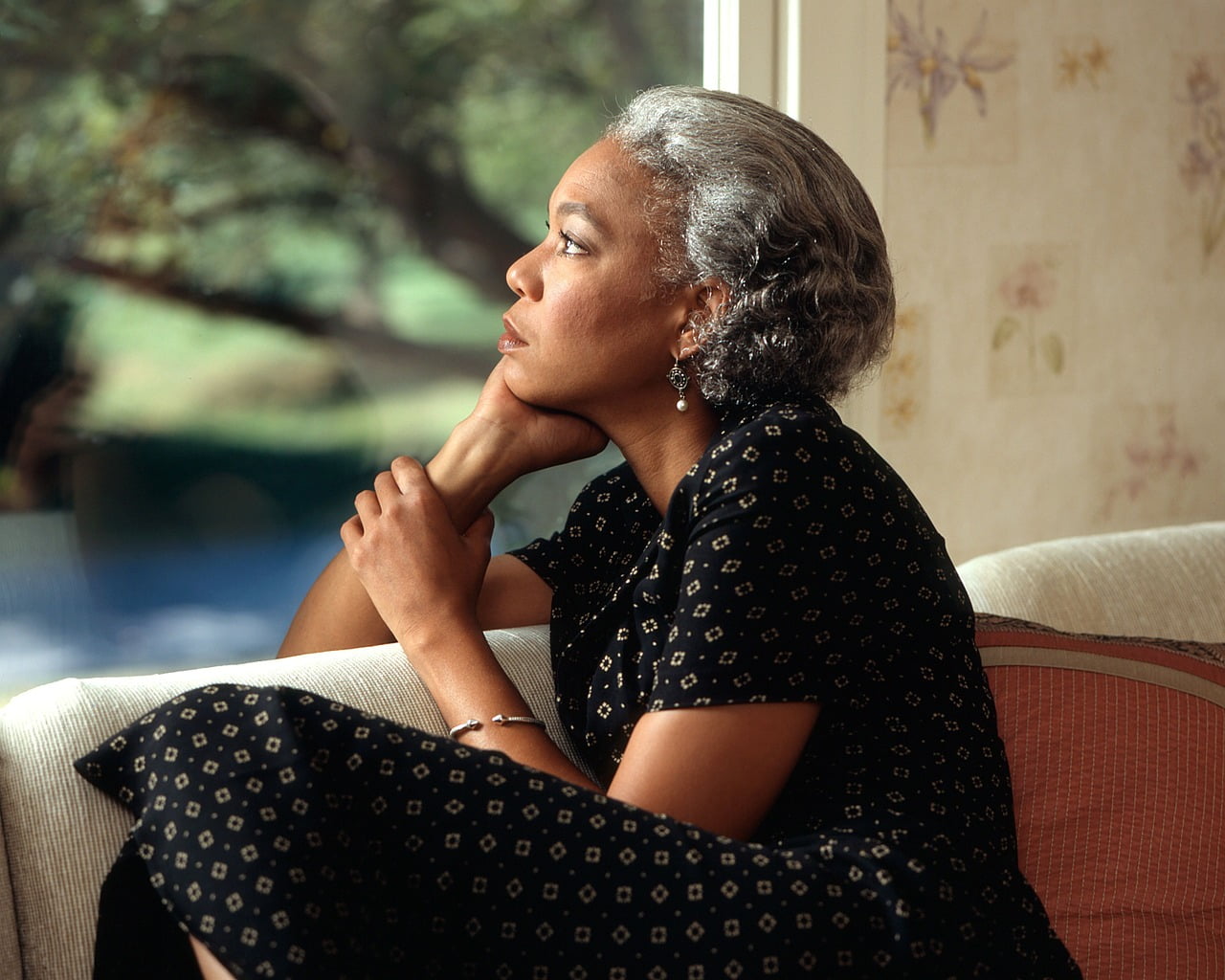This is Part 2 of our series on understanding Fibrocystic Breast changes. You can read Part 1 here.
Sometimes it is necessary to have your fibrocystic breast tissue examined. This tissue is made up of certain factors including:
- Cysts which are oval or round in shape and filled with fluid.
- Scar-like tissue known as fibrosis.
- An overgrowth of the cells which line the milk ducts of the breasts.
- Enlarged milk ducts or lobules.

Being Wary of Breast Cancer
The biggest fear for any woman when they are told that they have fibrocystic breasts is that they will develop breast cancer. This isn’t necessarily true and your chances of developing breast cancer only increase if your cells and tissue looks abnormal.
If you are concerned about the health of your breasts then your first step is to see your family doctor. We always suggest to take the advice of professionals in all matters concerning your health. If necessary, they will refer you to a breast clinic or send you for an imaging test. This will depend upon your health and your family history. So it is important to know if any of your family has had the same types of issues and then report this to your doctor.
Once your appointment is booked, you should make a note of all of your symptoms and when they occur. Remember: be thorough. If you have gone for any mammograms, write those down too. As well if you are currently taking any type of prescription or non-medical supplements then let them know. This includes if you are using any type of new products on your skin and particularly on your breasts. While most breast enhancing creams are safe, they do affect your estrogen levels, and for some women this could cause additional problems. So if you are using one, let your doctor know when you are at the office.

Visiting the Doctor for Fibrocystic Breast Prevention
It can be a little daunting visiting your doctor and of course you will fear the worst. Write down any questions you have ahead of time and take them with you. This way you won’t forget to ask anything important.
If you are worried about developing breast cancer ask him this along with why you are experiencing your symptoms. If he recommends tests, then ask him to explain them in detail and what type of treatment you can expect to need.
Of course, you doctor will have their own set of questions and he will ask you about your symptoms and how long you have been experiencing them. He will also ask you about any family history of any form of cancer and if you have ever had a mammogram or not. There are various tests that you can expect to have to undergo if needed. We will go through these in the next part of this series.
You can read part 3 of this Fibrocystic Breast Information series, here!
Random Questions
Regular self-exams and clinical breast examinations by a healthcare professional are essential for detecting fibrocystic breast changes.
Fibrocystic lumps are often round or oval, filled with fluid. They may feel soft or rubbery and can vary in size.
Yes, fibrocystic breasts can feel dense due to the presence of cysts, fibrous tissue, and other changes.
Fibrocystic changes typically don’t cause dimpling. Dimpling is more commonly associated with other breast conditions, and any unusual changes should be discussed with a healthcare professional.
